
4 minute read
South Africa's new coastal MPAs - Bruce Mann A brief explanation for recreational anglers
South Africa’s new coastal MPAs, a brief explanation for recreational anglers.
Bruce Mann, Oceanographic Research Institute
Advertisement
Photo credits: Niel Malan, Jeffrey Asher Wood and Gareth Webster.
On the 23 May 2019 South Africa declared 20 new or extended marine protected areas (MPAs) in the South African Exclusive Economic Zone (EEZ). This brought spatial protection up from 0.4% to 5% of the EEZ and, while still short of the 10% recommended by the Convention for Biological Diversity’s Aichi Target 11 for 2020, it represents a substantial step forward for marine conservation in South Africa. Of the 20 new MPAs, nine include shelf habitats on or near to the coast that will directly affect recreational anglers. These include iSimangaliso, uThukela, Aliwal, Protea, Amathole, Addo, Agulhas Bank, Robben Island and Namaqua.
Past research in South Africa and elsewhere has shown that large, well enforced, no-take MPAs that include good reef habitat, allow resident reef fish to increase in abundance and size over time. They also protect healthier, fitter and more fecund fish and facilitate spillover into adjacent fished areas. This is extremely important, especially in the face of climate change, as it allows reef fish populations to have greater resilience and the ability to adapt. Assuming that the new MPAs can be properly enforced and that they are respected by recreational anglers and commercial fishermen, they will provide significant protection for targeted linefish species, especially resident, overexploited species.
However, some anglers have expressed dismay at the declaration of the new MPAs as they feel that their favourite sport or pastime is being restricted. So, let’s have a look at the new MPAs to better understand what they mean for recreational angling. To start off with, we need to understand that virtually all our larger MPAs are zoned for multiple forms of use. Most of the MPAs are zoned separately for inshore (shore-based) and offshore (boat-based) activities. The strange shape of our MPAs is because, where possible, the boundaries were set using lines of latitude or longitude which enables more effective law enforcement.
There are four types of zones that affect recreational anglers namely a Restricted Zone (i.e. a no-take or no fishing zone), a Controlled Pelagic Zone (i.e. an offshore zone where pelagic game-fishing is allowed but no bottom-fishing), a Controlled Catch and Release Zone (i.e. an inshore zone where only catch and release shore fishing is permitted) and a Controlled Zone (i.e. where
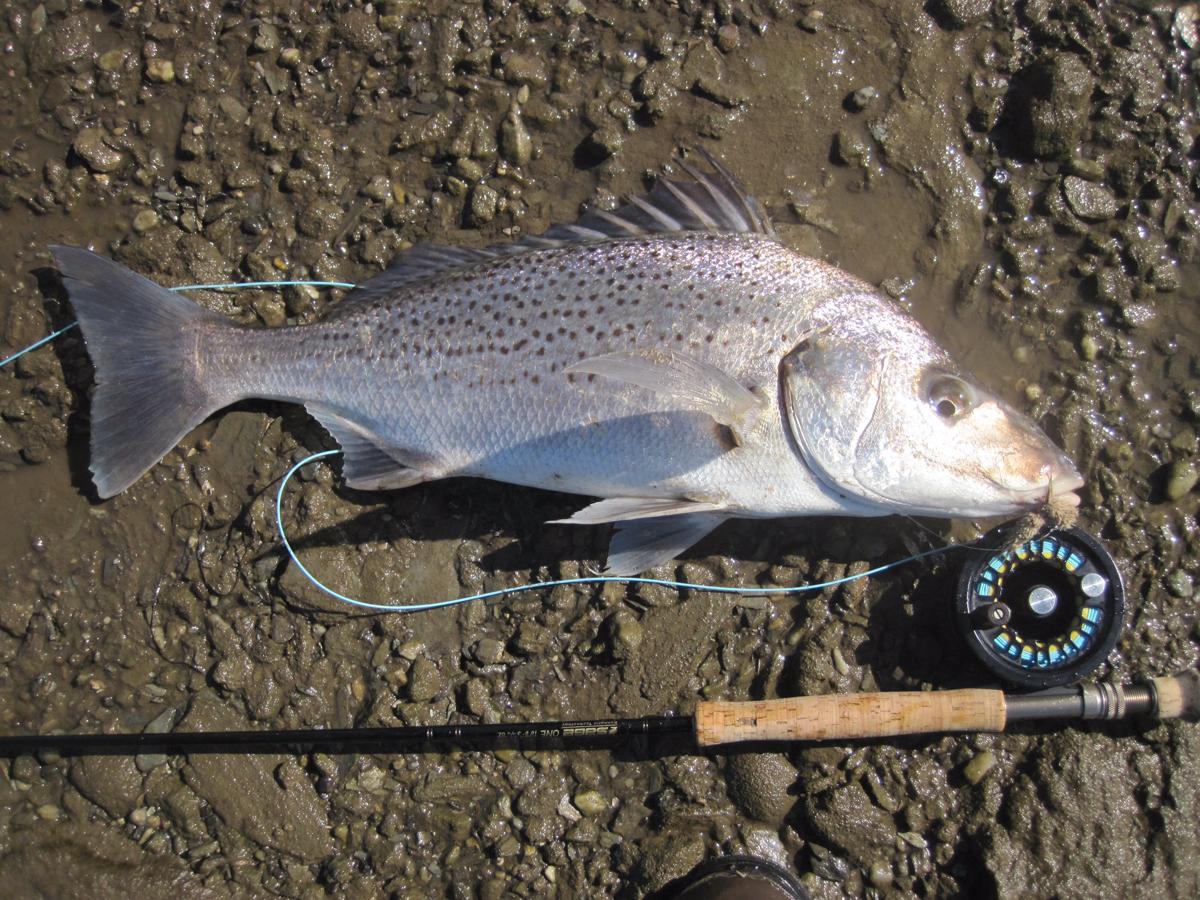
all types of recreational fishing are permitted). Many stakeholder meetings were held prior to the declaration of the MPAs and opportunity was given to stakeholders to submit their comments on the draft MPAs before they were declared. This has enabled many of the legitimate concerns of anglers to be incorporated into the final design of the MPAs.
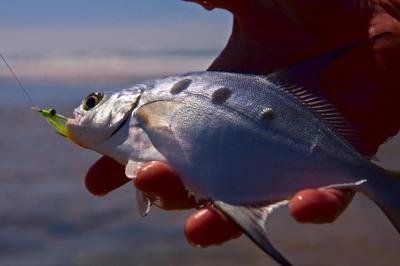
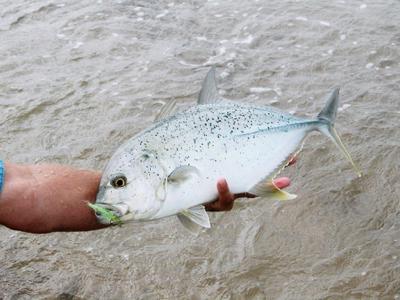
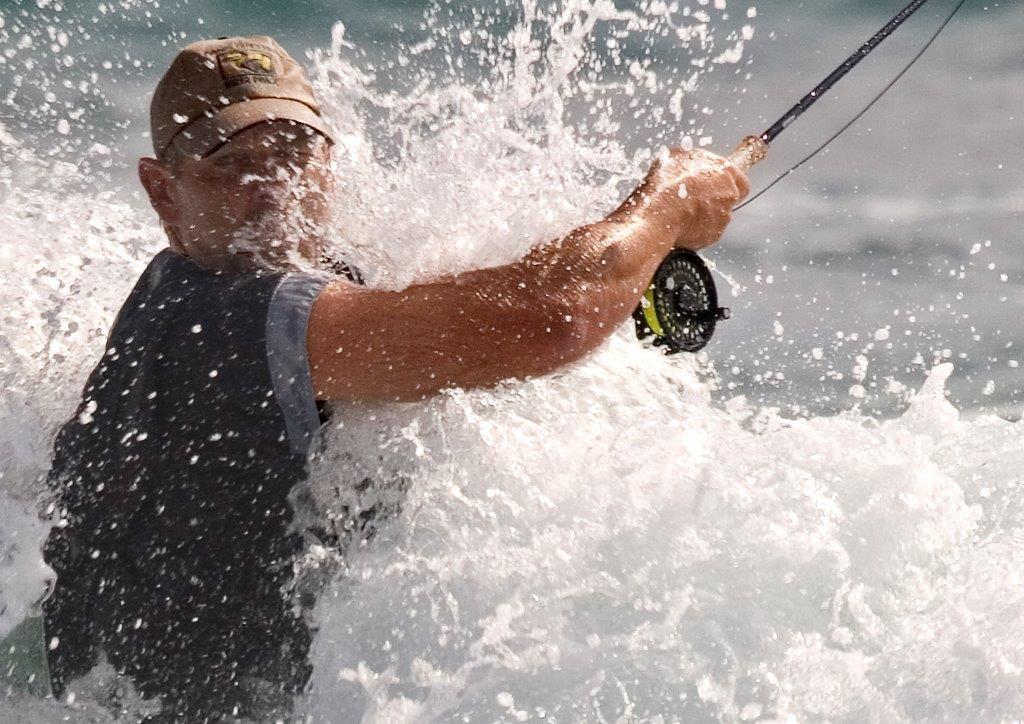

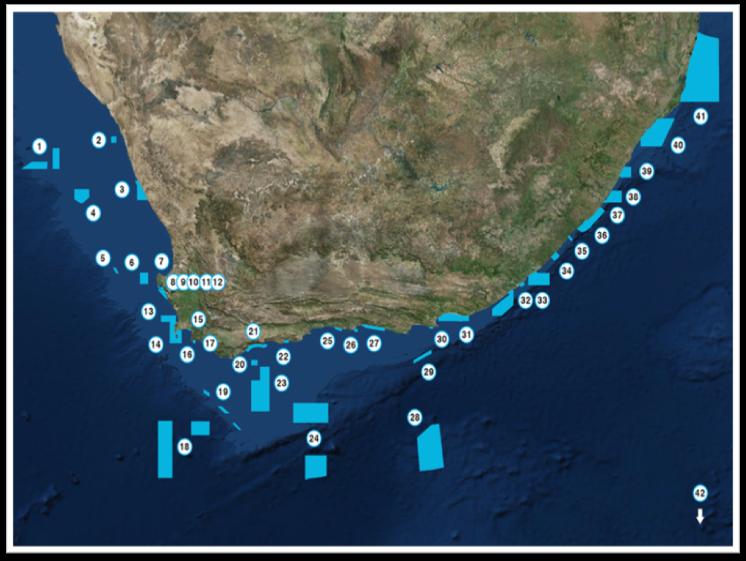
I suggest that every recreational angler policing, the new MPAs will not have the should get a copy of the relevant desired effect and will simply become government gazette declarations of the “paper parks”. The new MPAs are there to MPAs in your area and study them carefully help our linefish stocks recover so that so that you understand where you can and ultimately there will be enough fish for all of cannot fish (see links below). Hopefully, in us and our future generations. It really is up to time, maps will be made available either as us to make them work! brochures or electronically for boat anglers which can be installed on a GPS. If you would like to know more about our
The first reaction by many anglers is that the www.marineprotectedareas.org.za. The new MPAs are all well and good but how are maps and regulations are available on our “they” going to enforce them? As website www.saambr.org.za/conservation/ recreational anglers most of us are well On facebook - Marine Protected Areas SA aware of the poor state of many of our prime has information about our MPAs and more angling fishes, there are simply not as many information on linefish can be found at as there used to be. Similarly, we also know EduOceans -Fun Fishy Facts. about the lack of capacity in both our national and provincial environmental Bruce Mann management agencies. The bottom line is that unless we as anglers take on custodianship of the new MPAs and adopt a responsible attitude, which includes selfMPAs have a look at the website www.saflyfishingmag.co.za 87 Return to contents












